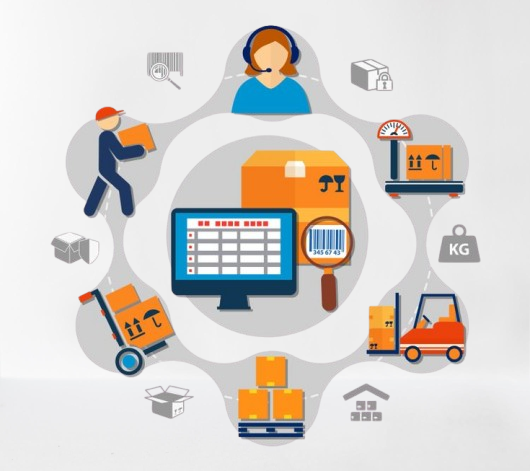
E-Commerce is now grow day by day
E-Commerce: A Rapidly Growing Industry
In recent years, e-commerce has emerged as a transformative force in the global marketplace. The convenience of shopping online, coupled with technological advancements, has made e-commerce a vital part of our everyday lives. From groceries to gadgets, clothing to cosmetics, almost anything can now be purchased with just a few clicks. This blog explores how e-commerce is growing day by day and shaping the future of shopping.
The Drivers Behind E-Commerce Growth
- Technological Advancements: Millions of people across the world can now buy online thanks to the widespread usage of smartphones, high-speed internet, and user-friendly apps. Features like safe payment gateways, augmented reality for virtual try-ons, and AI-powered product recommendations make the shopping experience more enjoyable.
- Changing Consumer Behavior: Nowadays, speed and convenience are top priorities for consumers. E-commerce platforms provide the ideal answer to hectic schedules and the need for immediate gratification by efficiently and rapidly delivering goods.
- Global Reach: Unlike traditional brick-and-mortar stores, e-commerce businesses are not confined by geography. Companies can reach customers across the globe, broadening their customer base and revenue streams.
- Post-Pandemic Surge: The COVID-19 pandemic accelerated the shift to online shopping as lockdowns and social distancing measures pushed consumers toward digital platforms. This change in habits has persisted even as restrictions have eased.

Key Trends in E-Commerce
- Personalization: Retailers are using data analytics to tailor recommendations and offers to individual customers, creating a more personalized shopping experience.
- Sustainability: Many e-commerce businesses are adopting eco-friendly practices, such as reducing packaging waste and offering sustainable products.
- Social Commerce: Platforms like Instagram and TikTok have become powerful tools for e-commerce, allowing businesses to engage directly with customers and drive sales through social media.
- AI and Automation: Chatbots, voice search, and automated warehouses are making e-commerce operations more efficient and customer-centric.
Challenges in E-Commerce
While the growth of e-commerce is undeniable, it is not without challenges:
- Logistics and Delivery: Ensuring timely and cost-effective delivery remains a hurdle, especially in remote areas.
- Cybersecurity: As online transactions increase, so do concerns about data breaches and payment fraud.
- Competition: The sheer number of e-commerce platforms means businesses must constantly innovate to stand out.
The Future of E-Commerce
The future of e-commerce looks promising, with technologies like blockchain for secure transactions, virtual reality for immersive shopping, and drone deliveries on the horizon. As more consumers embrace digital platforms, the industry will continue to evolve and redefine the way we shop. edgemart.pk is training hard to achive all the latest trends set by e-commerce.
Conclusion
E-commerce is undoubtedly growing day by day, reshaping consumer habits and business strategies alike. Its rapid expansion is fueled by technology, changing lifestyles, and global connectivity. For businesses and consumers, staying updated with the latest trends and innovations is key to thriving in this dynamic landscape.


